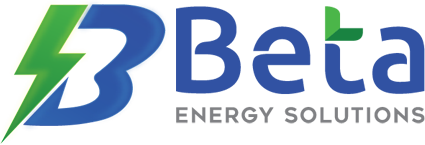Laser Measurement
Laser measurement in the oil and gas industry refers to the use of laser technology for accurate and precise measurements in various aspects of exploration, production, refining, and distribution processes. Laser measurement systems utilize focused light beams to obtain precise measurements of distances, dimensions, positions, and characteristics of objects and surfaces. This technology plays a crucial role in enhancing efficiency, safety, and accuracy across different operations within the industry.
Here are some applications of laser measurement in the oil and gas industry:
- Surveying and Mapping: Laser-based surveying and mapping technologies, such as LiDAR (Light Detection and Ranging), are used to create highly detailed and accurate 3D models of terrains, structures, and facilities. These models assist in planning and designing infrastructure, pipelines, and exploration activities.
- Wellbore Measurement: In well drilling and completion, laser measurement tools can accurately determine the dimensions and conditions of the wellbore, aiding in precise placement of equipment and ensuring proper well integrity.
- Tank and Vessel Inspection: Laser measurement systems can assess the volume and dimensions of storage tanks and vessels accurately, enabling efficient inventory management and preventing overfills or shortages.
- Pipeline Inspection: Laser scanning and profiling are used to inspect pipelines for corrosion, deformation, and defects. This data helps operators identify maintenance needs and prevent potential leaks or failures.
- Alignment and Calibration: Laser measurement tools assist in aligning and calibrating equipment such as pumps, compressors, and turbines to ensure proper functioning and minimal vibration.
- Dimensional Analysis: Laser-based metrology is utilized for accurate dimensional analysis of equipment components, ensuring precise fits and assemblies. This is crucial for maintaining operational efficiency and safety.
- Flare Stack Monitoring: Laser-based systems can monitor emissions from flare stacks for compliance with environmental regulations, helping to minimize air pollution.
- Remote Sensing: Laser measurement technology can be used for remote sensing of oil spills, gas leaks, and other environmental hazards, providing quick response and minimizing damage.
- Safety and Surveillance: Laser scanners can be employed for safety surveillance, detecting movement, obstacles, or unauthorized access in hazardous areas.
- Structural Integrity: Laser measurement assists in assessing the structural integrity of platforms, rigs, and other infrastructure, ensuring they can withstand the harsh conditions of offshore environments.
Benefits of Laser Measurement in the Oil and Gas Industry:
- Precision: Laser technology offers high precision and accuracy in measurements, minimizing errors and inaccuracies.
- Time Efficiency: Laser measurements are often quicker compared to traditional methods, saving time during critical operations.
- Safety: Laser measurement systems can often be used remotely, reducing the need for personnel to enter hazardous areas.
- Data Quality: Laser measurements provide detailed and reliable data, facilitating better decision-making and planning.
- Cost Savings: Accurate measurements lead to reduced material waste, maintenance costs, and operational downtime.
In conclusion, laser measurement technology plays a vital role in the oil and gas industry by providing accurate, efficient, and safe ways to measure distances, dimensions, and conditions in various operations. Its applications contribute to improved operations, safety, and environmental compliance within this complex and critical sector.

